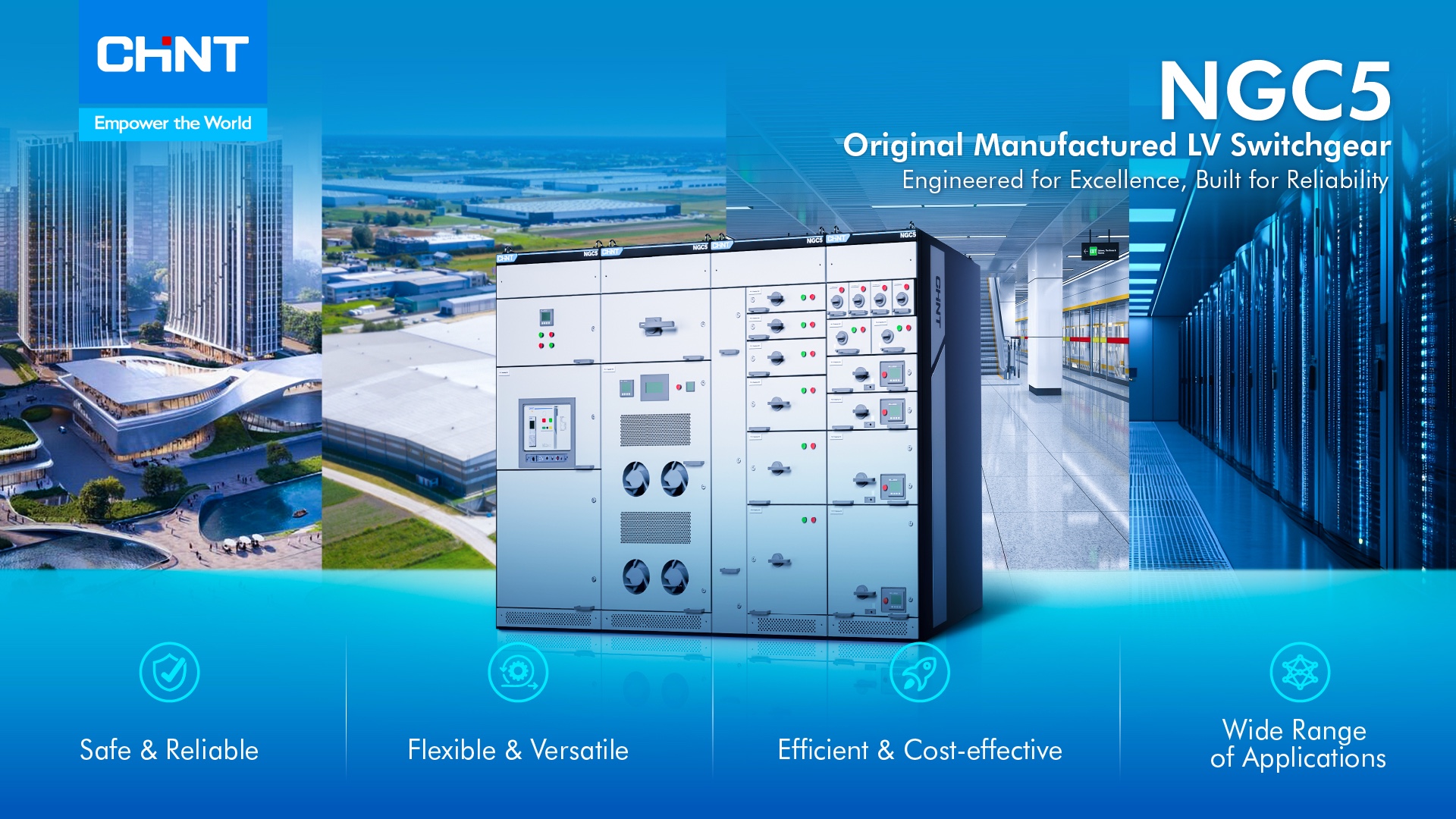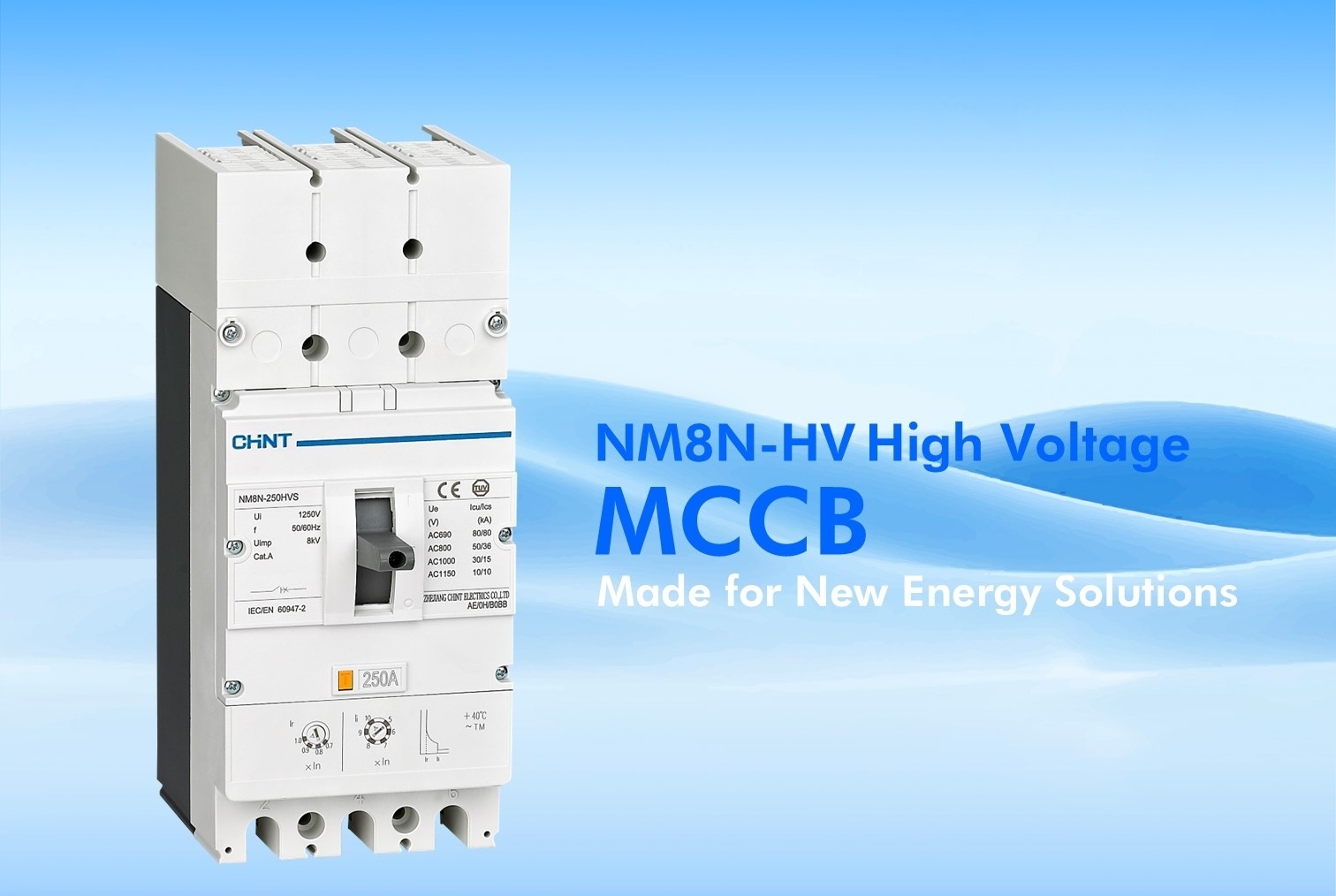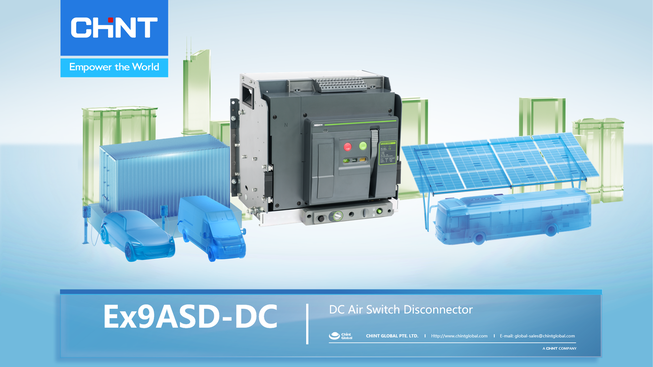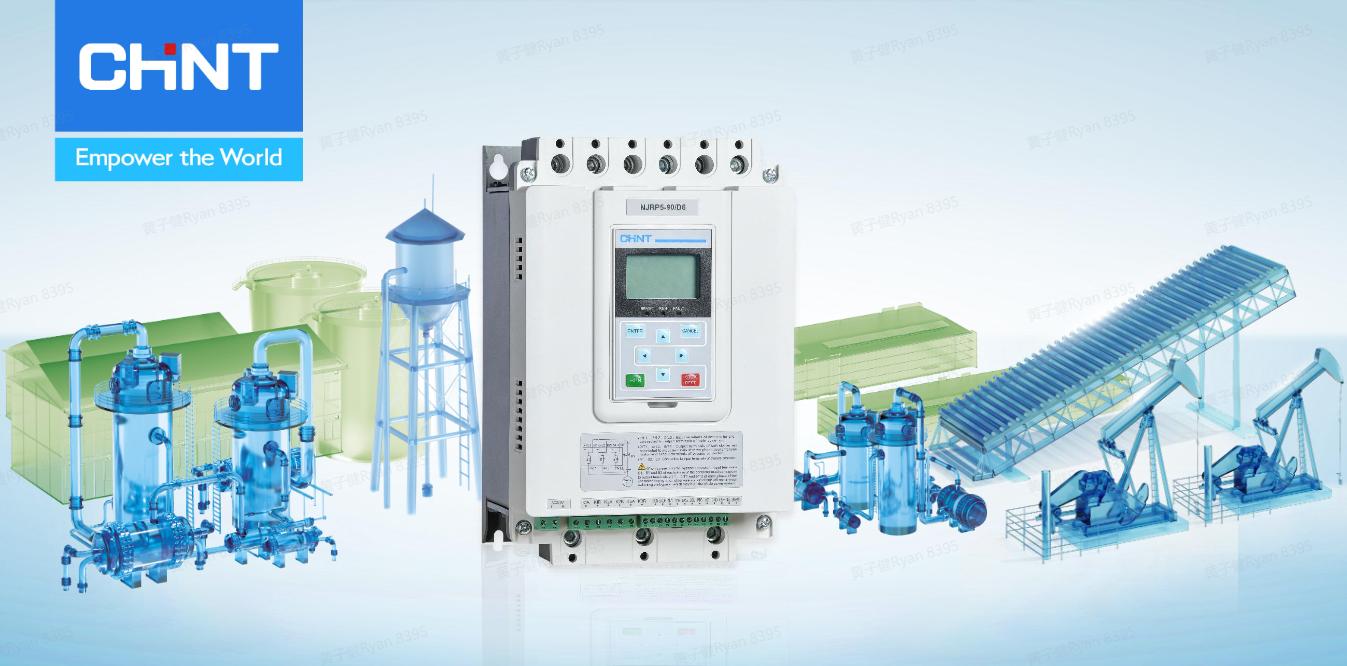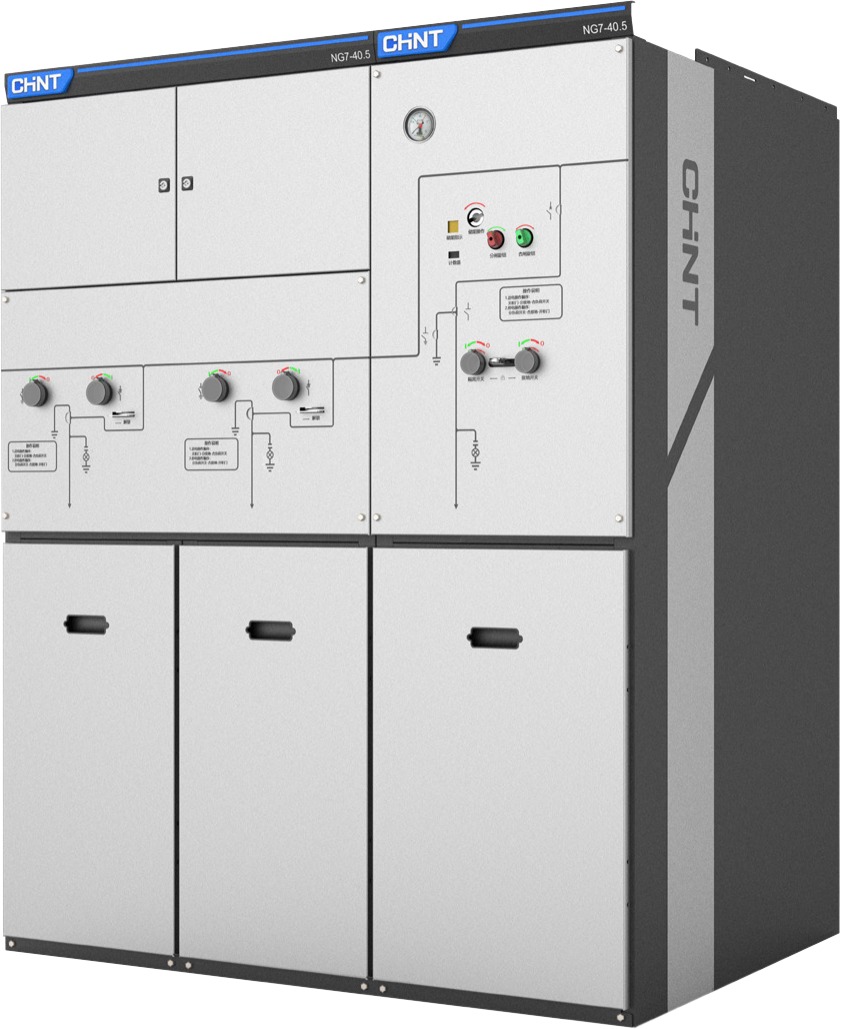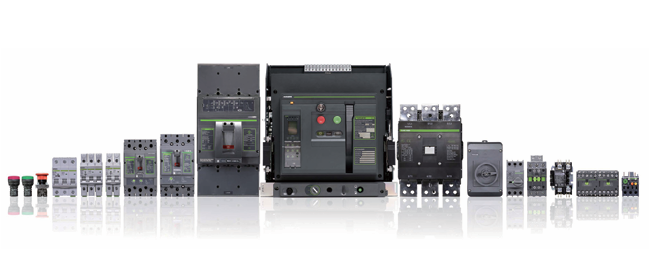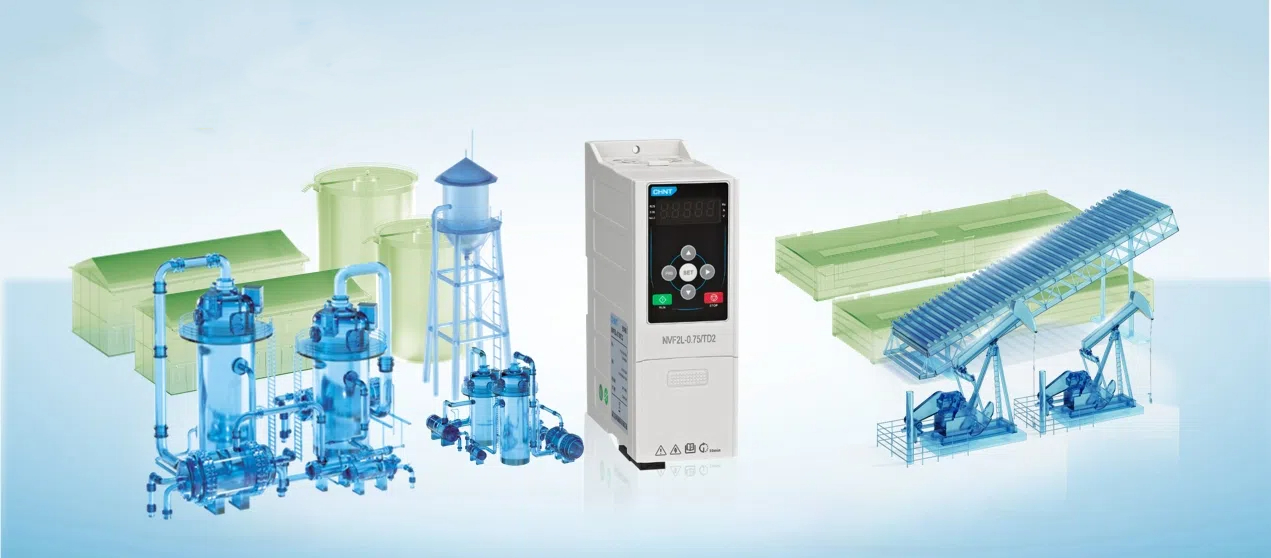To optimize operating temperatures and efficiency, transformer cooling systems use modern heat dissipation methods, including oil circulation, radiators, and forced air or water systems. Cooling methods for transformers include ONAN, ONAF, and OFAF, among others, which use thermal and fluid dynamics to adjust core and winding temperatures under different load circumstances. So, transformer cooling techniques and concepts will be discussed in this article.
The Essentials of Transformer Cooling Methods
Internal Cooling Media
Internal cooling media manage heat within transformer cores and windings. Mineral oil is the most widely used medium. It offers dielectric strength and heat dissipation. Moreover, it penetrates transformer windings to decrease hotspots by direct heat conduction and convection.
Synthetic insulation fluids (silicone-based fluids) benefit high-performance or environmentally sensitive applications thanks to their high thermal stability and low flammability. Natural and synthetic esters are also suited as biodegradable options with moisture-handling capabilities. It also keeps transformer insulation integrity under electrical and thermal stress. Their viscosity, thermal conductivity, and fire point influence the efficiency of cooling methods for transformers.
External Cooling Media
External cooling media dissipates heat from the transformer's surface. It transfers the heat away from internal components. Air in naturally ventilated or forced-air cooling systems uses convection to regulate surface temperatures. Nevertheless, water offers better thermal conductivity for large power transformers with rapid and efficient heat transfer. Oil-to-water heat exchangers utilize water as an external medium to cool the internal fluid loop.
Hybrid systems combine air and water. They boost cooling performance in complex installations. The selection of external media impacts the thermal stability and active reliability of transformers. It affects cooling methods for transformers across environmental and operational conditions.
Common Methods for Cooling of Transformers
ONAN / KNAN Cooling Methods
ONAN (Oil Natural Air Natural) and KNAN (Kerosene Natural Air Natural) are passive cooling methods for transformers using natural convection. Transformer oil or kerosene absorbs heat in the windings. The heat dissipates to the atmosphere through radiators or fins. The system operates up to a capacity for transformers. Yet, it may struggle in high ambient temperatures since the cooling depends on environmental heat transfer. E.g., ONAN transformers in hot climates might need larger radiators to compensate for lower thermal gradients.
ONAF / KNAF Cooling Methods
ONAF (Oil Natural Air Forced) and KNAF (Kerosene Natural Air Forced) augment natural cooling with forced air circulation using fans. Fans increase airflow across the transformer radiators for heat dissipation. It suits medium-capacity transformers. That's where passive systems like ONAN are inadequate. Notably, ONAF cooling methods for transformers give higher power ratings without extensive modifications. Still, fan placement and redundancy are key. Uneven airflow can create thermal hotspots while decreasing efficiency. Furthermore, fan operation introduces a maintenance demand in environments with dust or high moisture.
OFAF / OFWF / KFAF / KFWF Cooling Methods
OFAF (Oil Forced Air Forced), OFWF (Oil Forced Water Forced), KFAF (Kerosene Forced Air Forced), and KFWF (Kerosene Forced Water Forced) cooling methods employ pumps to force the cooling fluid and transfer heat through external air or water. They are common in high-capacity transformers. E.g., OFWF uses heat exchangers to remove heat with water circulation. It benefits industries with cooling water systems, including hydropower plants. However, pump integrity and oil-water interfaces might be complex. Water ingress can degrade transformer insulation. Control systems monitoring oil flow rates and water purity are vital for reliability.
ODAF / ODWF / KDAF / KDWF Cooling Methods
ODAF (Oil Directed Air Forced), ODWF (Oil Directed Water Forced), and their kerosene counterparts boost transformer cooling using directional oil flow. Pumps channel the cooling fluid winding hot spots. It gives uniform temperature distribution for thermal efficiency. The methods suit ultra-high-power transformers. E.g., ODWF systems in nuclear plants utilize closed-loop cooling with water filtration. Yet, system convolution increases with active flow management and directional channels. Thermal mapping and sensors help avert overheating.
Temperature Rise Limits and Standards
IEC60076-2 Temperature Rise Limits
IEC60076-2 defines temperature rise limits for transformer durability. For oil-immersed transformers, the average winding temperature rise is capped at 65°C over ambient. The rise in hot-spot winding temperature is restricted to 78°C to avert thermal degradation of insulation. It helps keep insulation class integrity under speckled load and ambient conditions.
Impact of Cooling Methods on Temperature Control
Cooling methods for transformers, like the ones mentioned in the previous section, influence thermal stability. For instance, ONAN using natural oil and air circulation limits heat dissipation. However, ONAF uses forced air cooling for greater heat transfer efficiency. It gives tighter control of hot-spot temperatures under overloads for compliance with IEC60076-2 standards.
Conclusion
Cooling methods for transformers use mineral oil, esters, air, and water to optimize thermal conductivity and stability. Techniques like OFAF or ODWF employ pumps for directed fluid flow and heat exchangers for dissipation in high-capacity systems. Yet, insulation deterioration demands surveillance. Cooling designs must meet temperature increase restrictions like IEC60076-2 to give thermal homogeneity and avoid insulation breakdown under mutable loads. Transformers from CHINT not only provide electrical insulation but also help heat dissipation. Welcome to contact us for more information.




.webp)
